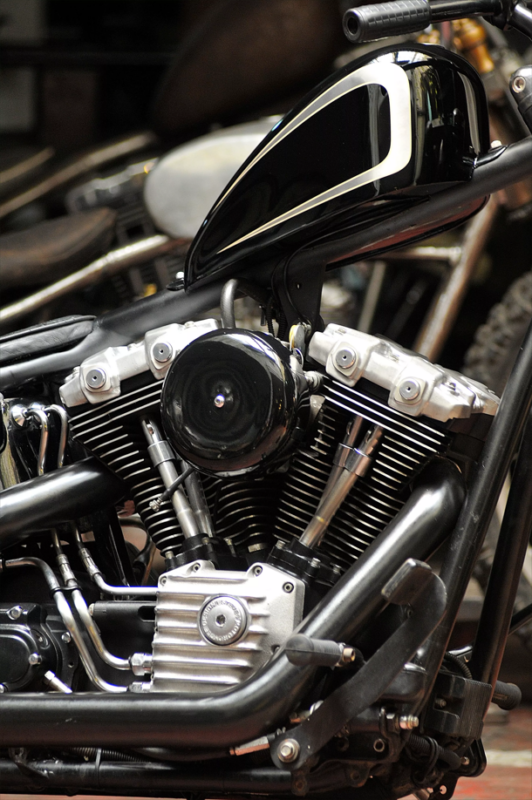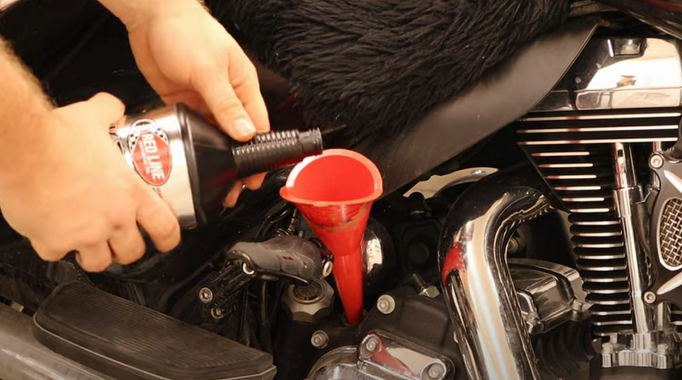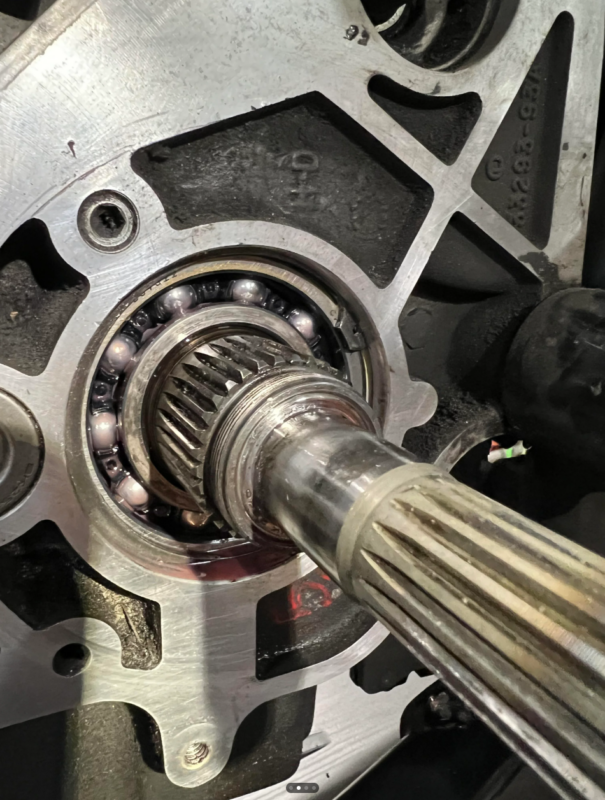Harley-Davidson motorcycles are renowned for their iconic design and powerful performance, but like all mechanical products, they can develop oil leaks. Oil leaks not only compromise the riding experience but may also cause long-term damage to the engine and other critical components.
This article provides a detailed overview of the common oil leak locations in Harley motorcycles, potential causes, and effective solutions to help owners identify and address issues promptly, ensuring their beloved bikes remain in peak condition.
Common Oil Leak Areas on Harley Motorcycles
The oil leak issues in Harley-Davidson motorcycles typically occur in the following key components:
(1)Cylinder Head Gasket
Common Models:Evolution (Evo), Twin Cam (TC), and Milwaukee-Eight (M8) engine models.
Reason for oil leak:
- Degraded or damaged gasket
- Loose bolts causing poor sealing
- Engine overheating warping the gasket

(2)Primary Cover Gasket
Common Models:Softail, Touring, and Dyna series.
Reason for oil leak:
- Failed primary gasket/seal
- Excessive chain wear damaging oil seals
- Improper installation or incorrect bolt torque
(3)Transmission Output Shaft Seal
Common Models: Big Twin series (e.g., Street Glide, Road King).
Reason for oil leak:
- Worn or aged output shaft seal
- Clogged transmission vent causing excessive internal pressure
- Overfilled or degraded gear oil

(4)Oil Pan Gasket
Common Models:All Harley models with a wet-sump oil system.
Reason for oil leak:
- Degraded oil pan gasket
- Loose or stripped oil pan bolts
- Impact damage from road debris causing deformation
(5)Fork Seal Leakage
Common Models:Softail, Sportster, and other models with traditional telescopic forks.
Reason for oil leak:
- Worn or cracked fork seals
- Contaminants inside fork tubes compromising seal integrity
- Extended storage causing seal drying/cracking
How to Diagnose Oil Leaks
Before attempting repairs, owners should first identify the exact leak location and severity:
Inspect Oil Stain Patterns:
- Oil pooling under engine → Likely cylinder head gasket or oil pan leak
- Oil around primary cover → Check primary seal/gasket
- Drips below transmission → Inspect output shaft seal
- Oil on fork tubes → Examine fork seals
Verify Fluid Levels & Condition:
- Are engine oil, transmission fluid, and primary chaincase lubricant at proper levels?
- Does the oil appear contaminated or contain metal particles?
UV Dye Testing (Optional):
- Add fluorescent dye to engine oil – UV light will reveal even microscopic leaks
SOLUTION: How to Fix Harley Motorcycle Oil Leaks
(1)Cylinder Head Gasket Repair
Tools Required:
Socket wrench set
New cylinder head gasket
Sealant (e.g., Permatex Ultra Grey)
Procedure:
- Remove cylinder head bolts in crisscross pattern to prevent warping.
- Scrape off old gasket material and degrease mating surfaces.
- Install new gasket with thin sealant bead (if recommended).
- Torque bolts in stages following factory sequence.
(2)Primary Cover Oil Leak Repair
Tools Required:
Primary cover gasket kit
Torque wrench (inch-lbs capable)
Procedure:
- Drain the primary chaincase fluid.
- Remove the primary cover and check chain tension.
- Replace the gasket and clean the mating surfaces.
- Reinstall and tighten bolts to manual specifications.
(3)Transmission Output Shaft Seal Replacement

Refill transmission oil to specified level.
Tools Required:
Seal puller
New output shaft seal
Gear oil
Procedure:
Remove drive belt/chain.
- Extract old seal using specialized tool.
- Install new seal (orient correctly to prevent lip damage).
- Refill transmission oil to specified level.
(4)Oil Pan Gasket Leak Repair
Tools Required:
New oil pan gasket
Engine oil
Torque wrench
- Procedure:
- Drain the engine oil.
- Remove oil pan bolts and replace the gasket.
- Clean the oil pan mating surface to prevent debris from affecting the seal.
- Tighten bolts in a crisscross pattern (to avoid distortion).
(5)Fork Seal Replacement
Tools Required:
Front fork seal kit
Fork oil
Seal driver tool
- Procedure:
- Remove the wheel and front fork assembly.
- Extract the old oil seal using specialized tools.
- Clean the fork inner tube, apply a small amount of grease, then install the new oil seal.
- Refill with fork oil to the specified level.
Daily MaintenanceTips to Prevent Oil Leaks
- Regularly Inspect Seals & Gaskets : Check critical sealing points every 5,000 miles (8,000 km).
- Use High-Quality Lubricants : Recommended Harley-Davidson Genuine Oil or JASO MA-certified alternatives.
- Avoid Over-Tightening Fasteners :Always use a torque wrench to prevent gasket deformation.
- Keep Engine Clean: Built-up grime accelerates rubber component degradation.
- Use Center Stand When Parked:Reduces unilateral pressure on fork seals.
When to Seek Professional Help?Visit an authorized Harley-Davidson service center if:
Severe leakage with undetermined origin
Engine/transmission disassembly required for major repairs
Warranty-covered issues (unauthorized repairs may void warranty)
Conclusion
While oil leaks are a common issue with Harley-Davidson motorcycles, timely detection and proper repairs can effectively prevent more serious damage. Regular maintenance, high-quality replacement parts, and correct installation methods are key to extending your motorcycle’s service life. We hope this guide helps Harley owners better maintain their beloved machines and enjoy worry-free riding!
Ride safe, keep your oil tight!

